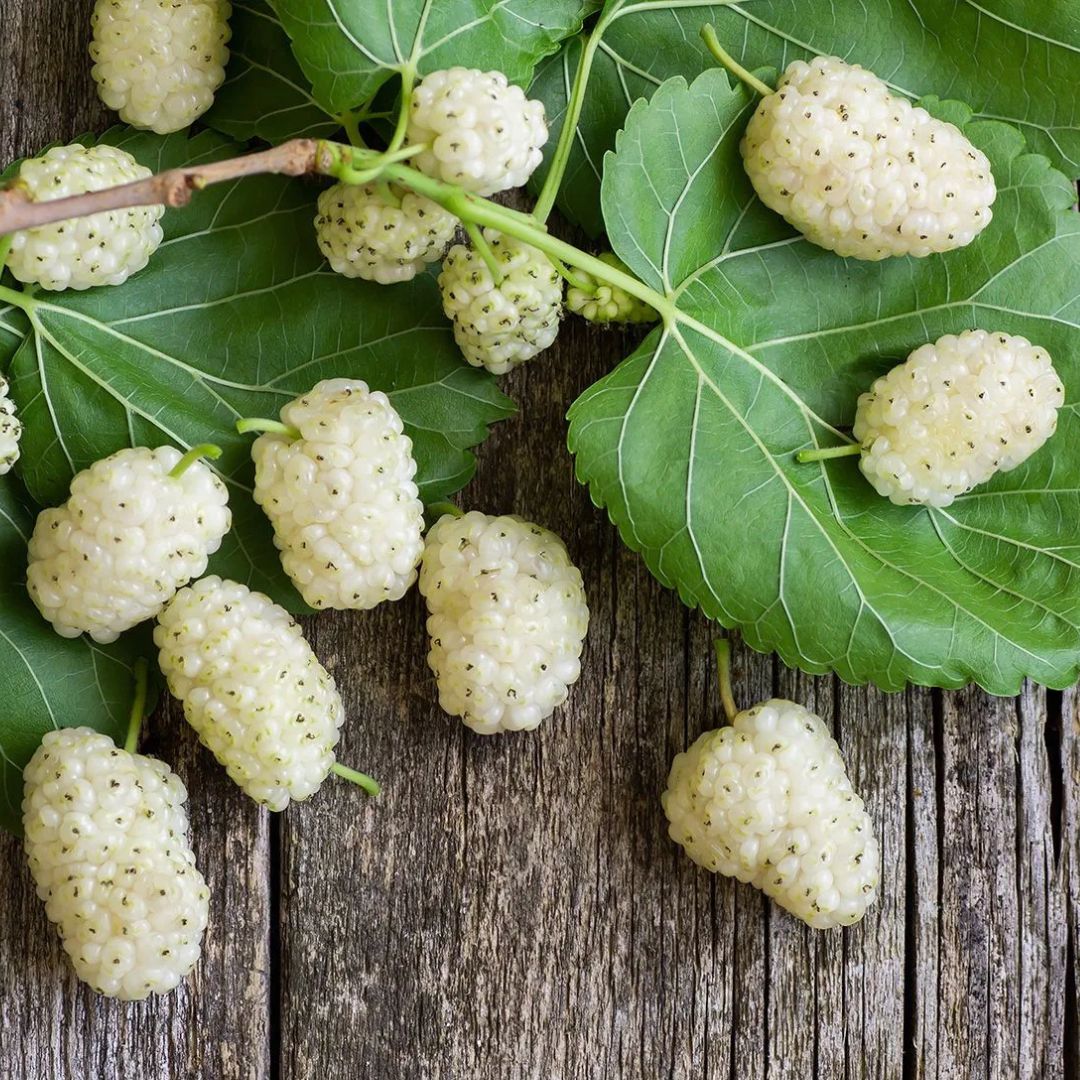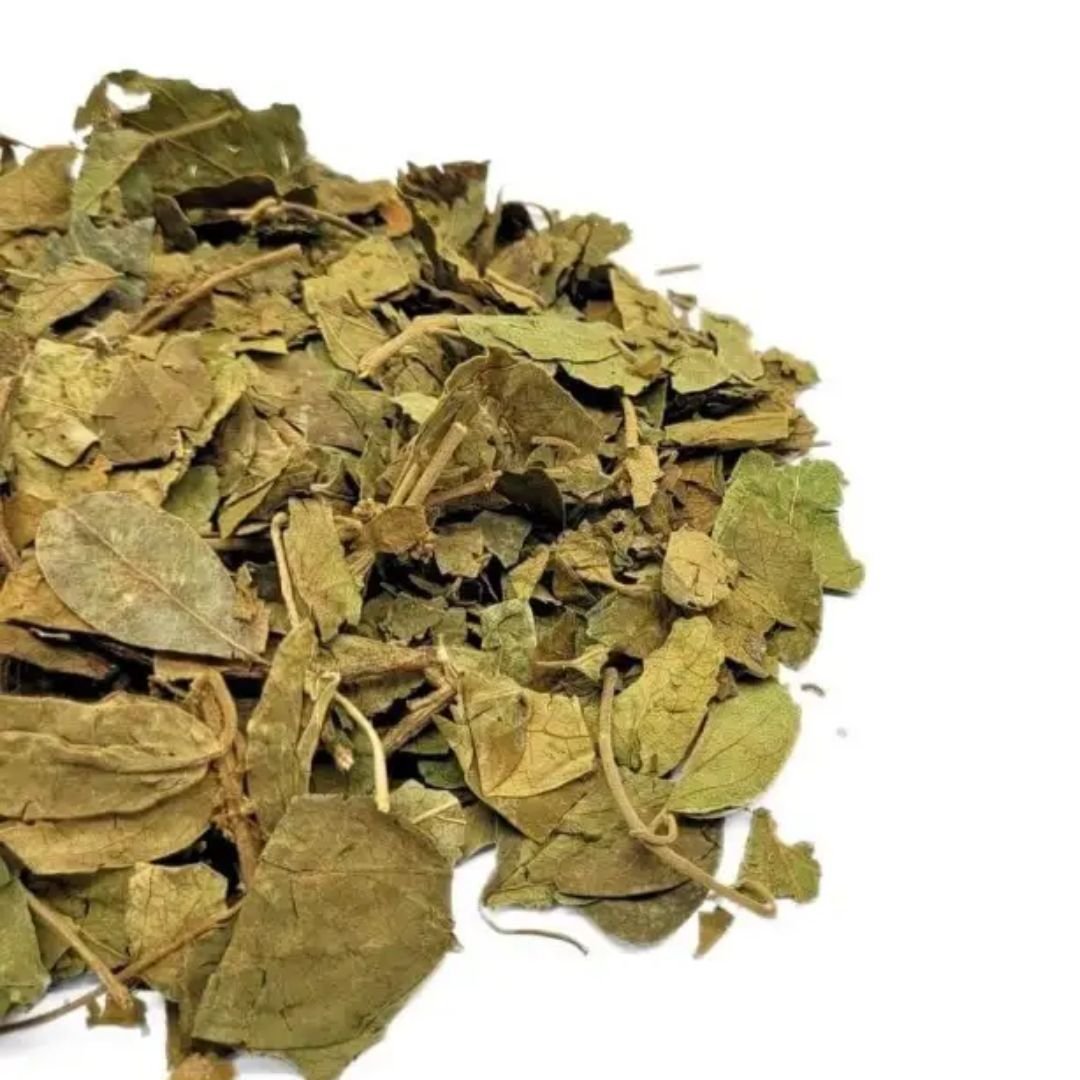Article: White mulberry leaves: Gentle regulation for your blood sugar

White mulberry leaves: Gentle regulation for your blood sugar
🍃 The underestimated power of a leaf
The white mulberry (Morus alba) is primarily known as a food plant for silkworms. However, in traditional Chinese medicine, its leaves have been used for centuries as a remedy for high blood sugar, hypertension, and fever.
Only in recent years has modern science begun to confirm this ancient use – and in doing so, has drawn attention to a very special compound: 1-deoxynojirimycin (DNJ) . This compound makes white mulberry leaves one of the most promising herbal remedies for blood sugar spikes.
🔬 How mulberry leaves affect blood sugar
The action of white mulberry leaves is based on several complementary mechanisms, all of which aim to reduce glucose uptake and slow down sugar metabolism processes .
1. Inhibition of carbohydrate-splitting enzymes
The natural ingredient 1-deoxynojirimycin (DNJ) blocks the enzymes α-glucosidase and maltase in the small intestine. These enzymes are responsible for breaking down carbohydrates into glucose. When this process is slowed, blood sugar rises more slowly and at a lower level after eating.
2. Reduce blood sugar spikes – without insulin stress
Unlike medications that increase insulin production, DNJ reduces blood sugar passively— through delayed absorption . This relieves the pancreas and protects against insulin resistance.
3. Antioxidant & anti-inflammatory effects
In addition, mulberry leaves contain flavonoids, chlorogenic acid and quercetin – secondary plant substances that have anti-inflammatory, vascular-protective and antioxidant effects.
🧪 Studies: What does research say about mulberry leaves?
✓ Kimura et al. (2007):
In this placebo-controlled study, white mulberry leaf extract significantly reduced postprandial blood glucose in healthy adults after a carbohydrate-rich meal.
✓ Aramwit et al. (2013):
In an 8-week study on type 2 diabetics, mulberry leaf extract lowered HbA1c levels , reduced inflammatory markers, and improved lipid profile.
✓ Meta-analysis (Chen et al., 2021):
A systematic review of 13 studies confirmed a significant blood sugar-lowering effect of Morus alba – particularly through its effect on enzyme inhibition.
🍽 ️ Ideal for carbohydrate-rich meals
The effect of mulberry leaves is particularly evident when a lot of easily digestible carbohydrates are eaten – such as bread, pasta, rice or desserts.
Studies show that taking it 15–30 minutes before eating can measurably reduce the postprandial glucose rise.
⚠️ Application & Security
Mulberry leaf extract is available in capsule, powder, or standardized liquid extract form. For noticeable effects, it should contain at least 0.5–1 mg of DNJ per serving .
The extract is considered to be very well tolerated. In rare cases, sensitive individuals may experience mild gastrointestinal discomfort.
🧘 Conclusion: White mulberry leaves – natural, gentle, effective
Mulberry leaves are a hidden treasure of herbal medicine: they work not through stimulation, but through slowing down . This makes them particularly well-tolerated and gently regulating – ideal for people with:
- unstable blood sugar
- prediabetic changes
- Digestive sensitivity
- Desire for herbal prevention
Those looking for natural ways to regulate blood sugar will find white mulberry to be a sound, gentle, and effective option.
Keywords: white mulberry leaves blood sugar, morus alba effect, dnj plant substance, plants against high blood sugar, mulberry leaves study diabetes, alpha-glucosidase inhibition, herbal help insulin resistance


